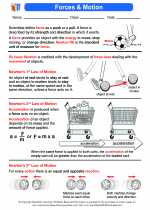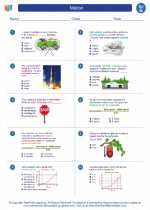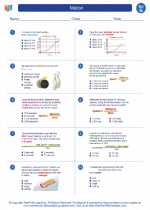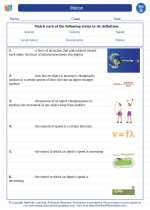DNA
DNA, or deoxyribonucleic acid, is the molecule that carries the genetic instructions for the development, functioning, growth, and reproduction of all known living organisms and many viruses. It is composed of two strands that coil around each other to form a double helix, and it is made up of smaller units called nucleotides.
Structure of DNA
The DNA molecule is made up of a combination of four different nucleotides: adenine (A), thymine (T), cytosine (C), and guanine (G). These nucleotides form the rungs of the DNA ladder, with adenine pairing with thymine and cytosine pairing with guanine. This complementary base pairing is crucial for the replication and transmission of genetic information.
The structure of DNA also includes a sugar-phosphate backbone, which gives the molecule its characteristic double helix shape.
Functions of DNA
DNA carries the genetic information that determines the traits and characteristics of an organism. It serves as the instructions for the synthesis of proteins, which are essential for the structure and function of cells. DNA is also responsible for the inheritance of traits from parents to offspring.
Replication of DNA
Before a cell divides, it must make a copy of its DNA to pass on to the new cells. This process is called DNA replication. During replication, the two strands of the DNA molecule unwind and separate, and each strand serves as a template for the synthesis of a new complementary strand. This results in two identical DNA molecules, each containing one original strand and one newly synthesized strand.
Study Guide
- What does DNA stand for? What is its full name?
- Describe the structure of the DNA molecule, including the components that make it up.
- Explain the complementary base pairing in DNA and its significance.
- What are the functions of DNA in living organisms?
- Describe the process of DNA replication.
- How does DNA contribute to the inheritance of traits?
Understanding the structure and function of DNA is essential for comprehending genetics, inheritance, and the mechanisms of life. Mastery of this topic will provide a solid foundation for further studies in biology and related fields.
.






